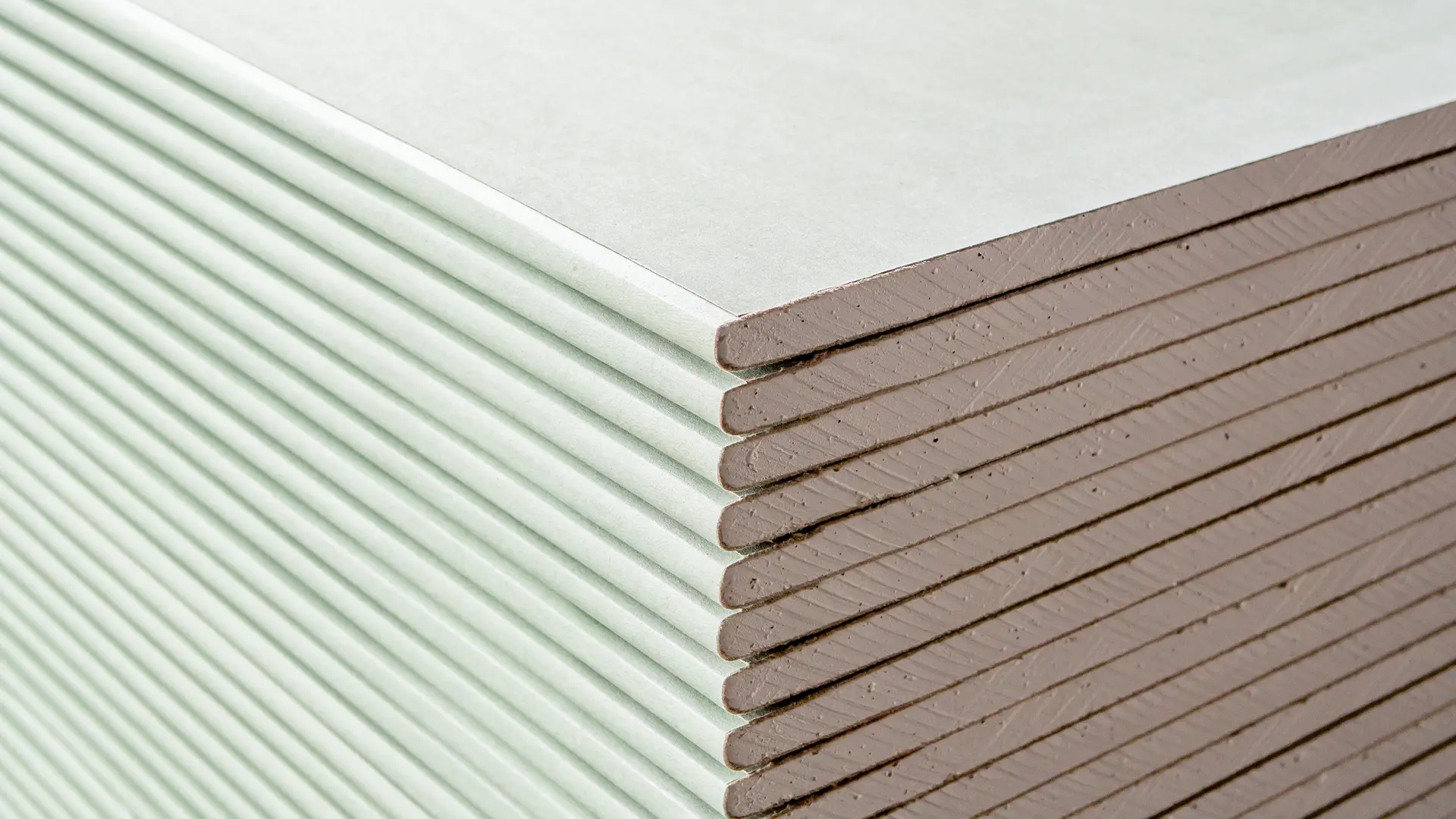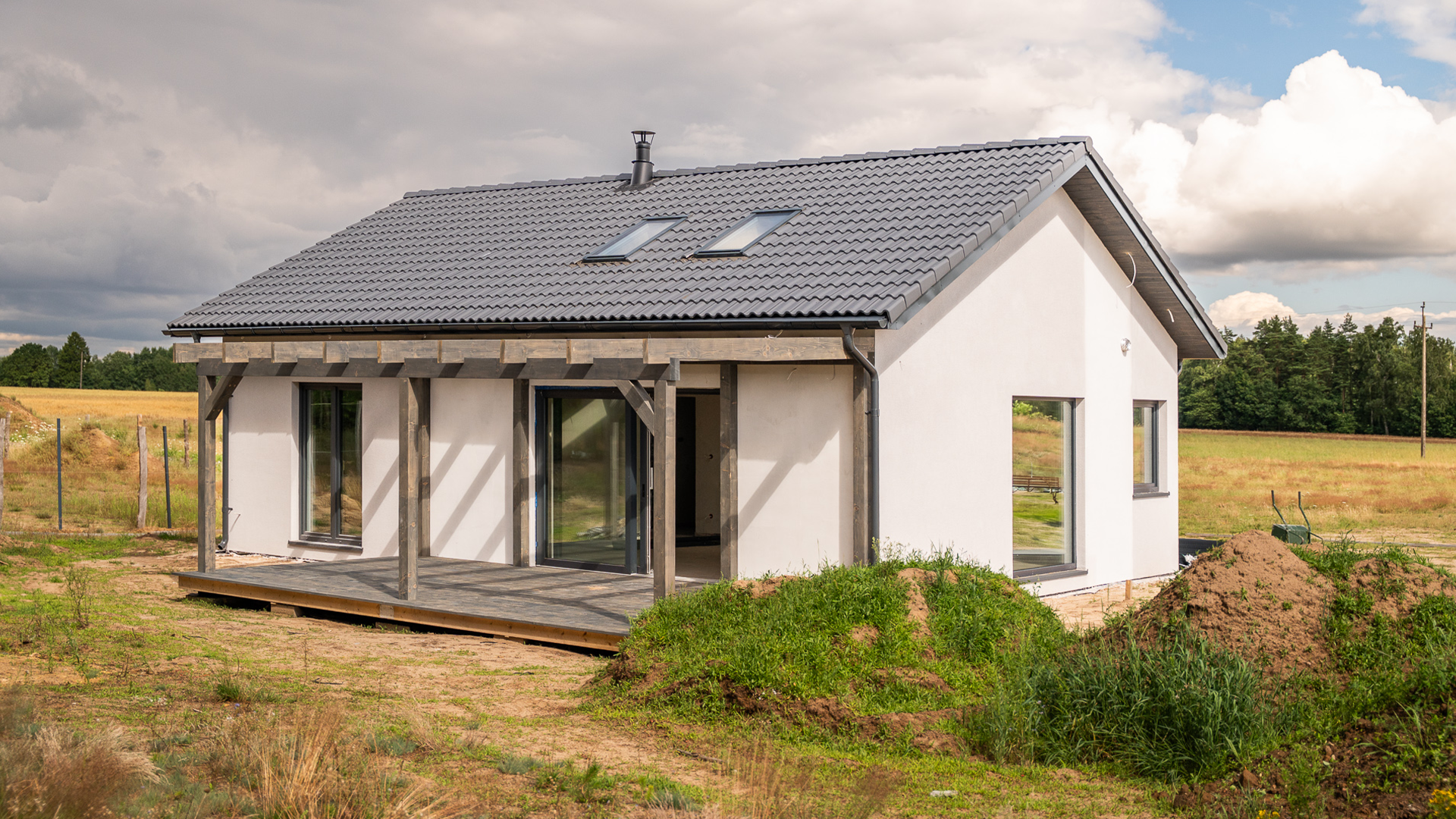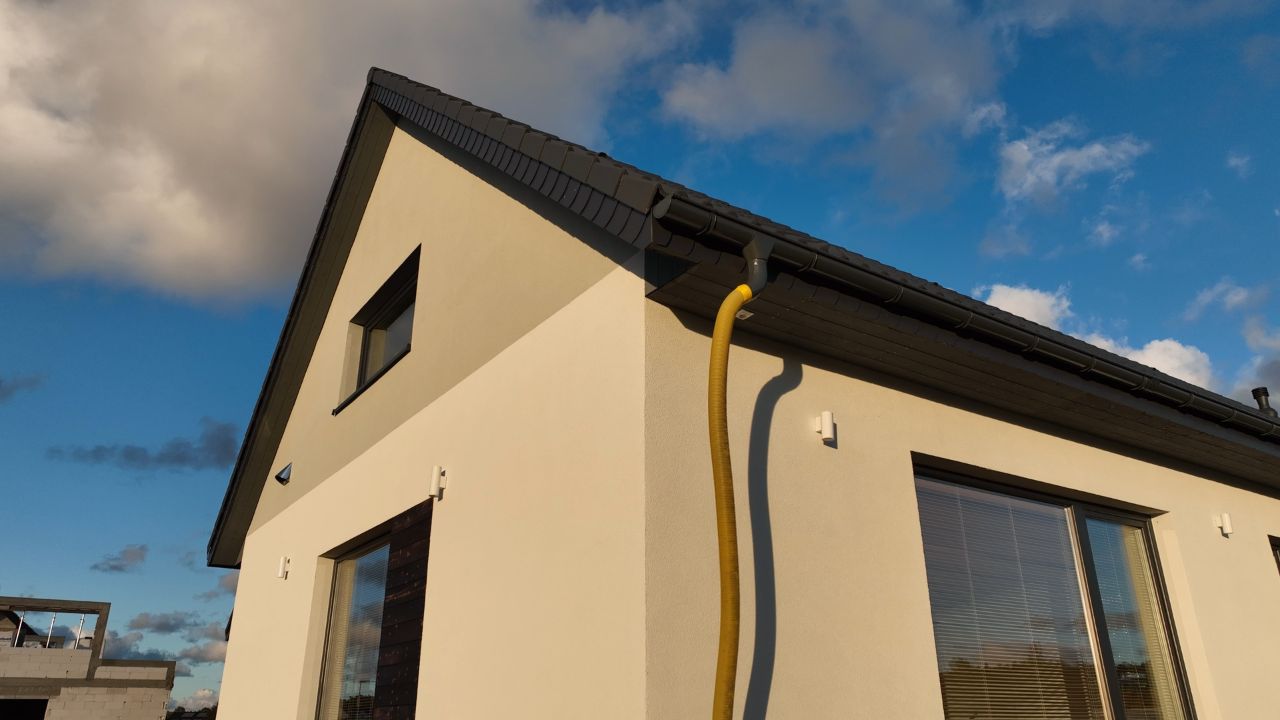Sheathing plate is a structural material used in timber frame technology to stiffen and enclose walls, ceilings and roofs. It is installed on the outside and inside of a timber stud. It forms the substrate for subsequent layers, i.e. insulation, façade, cladding or roofing.
As cladding panels, the most commonly used are OSBMFP, Fermacell or wooden plywood. The selection of the type of board depends on the function of the partition, the required load-bearing capacity, moisture resistance and fire resistance class. The panels are joined by tongue-and-groove or butt joints, with expansion joints. They are mechanically fixed to the structural elements (e.g. with screws or ring nails).
Properly executed sheathing gives walls and roofs spatial rigidity, increases their resistance to wind pressure and suction and improves the airtightness of the building. In addition, the sheathing panel can be used as a windproofing layer or as a plaster base layer. To achieve this, it is necessary to use panels with the right material and to properly seal the joints.




